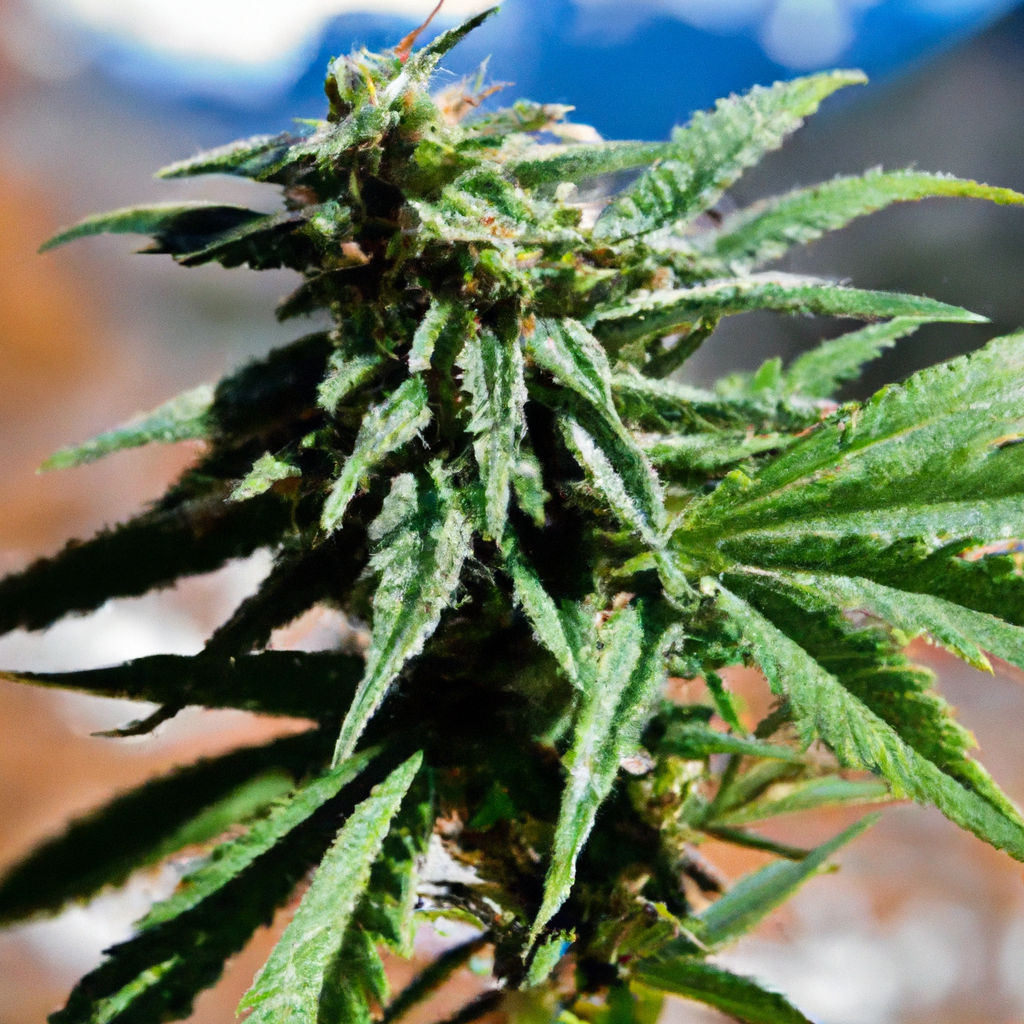Welcome, fellow cultivators, to the unique and rewarding world of high-altitude cannabis cultivation. Today, I’ll share insights from my 30-year journey growing cannabis in the majestic backdrop of Colorado’s Rocky Mountains. Our high-altitude environment offers challenges and gifts—let’s explore how to harness them for superior growth.
The High-Altitude Advantage
Growing cannabis at higher elevations comes with distinct advantages that can be leveraged for outstanding results. The thin air, increased UV exposure, and cool nights contribute to unique growing conditions that can enhance cannabinoid and terpene profiles.
- UV Exposure: Enhanced UV levels at higher altitudes stimulate the plant to produce more protective compounds, such as THC and terpenes, to shield itself from the sun’s intensity.
- Temperature Fluctuations: Cooler nights can slow plant respiration, conserving energy for robust growth while encouraging a vibrant palette of aromas and flavors.
- Air Quality: Clean, pure air aids in keeping outdoor environments pest-free, naturally enhancing your crop’s resilience.
Customizing Your Grow: Tailoring Techniques to Thrive
To adapt to these conditions, I’ve fine-tuned certain techniques to maximize yield and quality, ensuring that every batch reaches its full potential.
- Water Management: Implementing drip irrigation is essential. Higher altitude means faster evaporation rates; a precision approach like drip irrigation optimizes water usage and maintains perfect soil moisture.
- Nutrient Rich Soils: Investing in organic, nutrient-dense soils can enhance root development and encourage vigorous plant growth. The addition of mycorrhizal fungi can further boost nutrient uptake.
- Light Optimization: Harness the power of high-efficiency LED lights indoors, mimicking the natural conditions by adjusting spectrum and timing to stimulate consistent growth cycles.
Resilience Strategy: Preparing for the Elements
While high-altitude growing offers many benefits, preparedness is your best ally against the potential setbacks presented by these elevations.
- Wind Protection: Use windbreaks or strategically placed barriers to shield your crops from harsh gusts that can stress plants.
- Pest Defense: Take advantage of companion planting. Incorporating plants like basil and marigold can deter common cannabis pests while enhancing biodiversity.
- Disease Management: Monitor and adjust humidity levels to ward off mold and mildew, crucial in maintaining plant health and maximizing yield.
Conclusion: The Altitude Edge
Embracing the unique characteristics of high-altitude farming can elevate your cannabis cultivation to new heights. I’m John “Magic” Greenleaf, and through a dedication to understanding and adapting to these mountainous microclimates, I’ve learned that altitude makes us tougher—and so does our weed. Let this guide inspire and equip you on your journey to growing greatness.
Together, we can harness the natural advantages of high-altitude growing to cultivate cannabis that’s not only resilient but vibrantly potent. Remember, happy roots make for happy buds—and I’m here to help you achieve both.
To continue exploring more cultivation insights and stay updated on the latest in cannabis growth, feel free to visit my blog: MagicGreenGrow.com.
Happy growing!
— John “Magic” Greenleaf
Tags: High-Alitude Growing, Organic Cultivation, Sustainability, Medicinal Benefits, Advanced Genetics


Leave a Reply